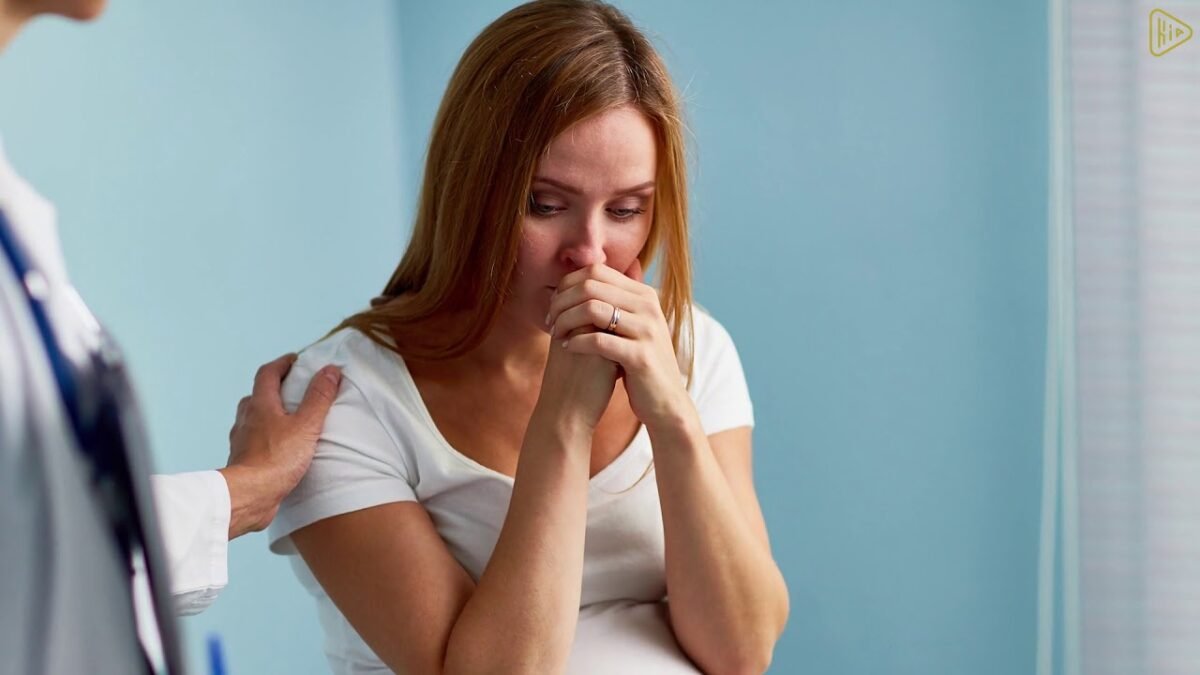High Risk Pregnancy

A pregnancy is considered high-risk when there are potential complications that could affect the mother, the baby, or both. High-risk pregnancies require management by a specialist to help ensure the best outcome for the mother and baby.
Risk Factors for High-Risk Pregnancy
Reasons that a pregnancy may be considered high risk include:
Maternal age. One of the most common risk factors for a high-risk pregnancy is the age of the mother-to-be. Women who will be under age 17 or over age 35 when their baby is due are at greater risk of complications than those between their late teens and early 30s. The risk of miscarriage and genetic defects further increases after age 40.
Medical conditions that exist before pregnancy. Conditions that can pose risks to the mother or baby include:
-
High blood pressure
-
Lung, kidney, or heart problems
-
Diabetes
-
Depression
-
Obesity
-
Autoimmune disease
-
Sexually transmitted diseases (STDs)
-
Long-term (chronic) infections such as human immunodeficiency virus (HIV)
A history of miscarriage, problems with a previous pregnancy, and a family history of genetic disorders are also risk factors for a high-risk pregnancy.
If you have a medical condition, it’s important to consult your doctor before you decide to become pregnant.
Medical conditions that occur during pregnancy. Even if you are healthy when you become pregnant, it is possible to develop or be diagnosed with problems during pregnancy that can affect you and your baby. Three of the more common pregnancy-related problems are:
- Preeclampsia is a syndrome that includes high blood pressure , high levels of protein in your urine, and swelling; it can be dangerous or even fatal for the mother or baby if not treated. With proper management, however, most women who develop preeclampsia have healthy babies. No one is sure what causes preeclampsia. You have a higher chance if you’re older, if you’re overweight, or if you had high blood pressure or diabetes before you got pregnant. Carrying more than one baby also raises your risk.
- Gestational diabetes is a type of diabetes that develops during pregnancy. Women with gestational diabetes may have healthy pregnancies and babies if they follow the treatment plan from their health-care provider. Usually, the diabetes resolves after delivery. However, women with gestational diabetes are at increased risk of developing type 2 diabetes and high blood pressure . You may need a C-section instead of vaginal birth to prevent injury to your baby. Your risk of gestational diabetes goes up if you are over 25, are pregnant with multiples, are overweight , or have had gestational diabetes or a very large baby in the past, or if someone in your family has diabetes.
- Depression. Between 14% and 23% of women get depressed during pregnancy. It’s more likely if you’ve been depressed before. Pregnancy may be linked to depression because of hormonal changes, exhaustion, stress at home, and a lack of support. In turn, depression may be linked with problems during pregnancy and delivery, low birth weight, and preterm birth. After birth, depression can make it harder to care for yourself and your baby. Ask your doctor or midwife about treatment with talk therapy or medicine. Go over the risks and benefits of taking medicine while pregnant or breastfeeding.
Pregnancy-related issues. Often a pregnancy is classified as high risk because of issues that arise from the pregnancy itself and that have little to do with the mother’s health. These include:
- Premature labor is labor that begins before 37 weeks of pregnancy. Although there is no way to know which women will have preterm labor or birth, there are factors that place women at higher risk, such as certain infections, a shortened cervix, or previous preterm birth.
- Multiple births means you are carrying more than one baby (twins, triplets, quadruplets, etc.). Multiple pregnancies, which are more common as women are using more infertility treatments, increase the risk of premature labor, gestational diabetes, and pregnancy-induced high blood pressure. These babies have a higher risk for long-term health problems such as delayed development or cerebral palsy. But keep in mind that most multiples are born healthy.
- Placenta previa is a condition in which the placenta covers the cervix. The condition can cause bleeding, especially if a woman has contractions. If the placenta still covers the cervix close to delivery, the doctor may schedule a cesarean section to reduce bleeding risks to the mother and baby.
- Fetal problems, which can sometimes be seen on ultrasound. Approximately 2% to 3% of all babies have a minor or major structural problem in development. Sometimes there may be a family history of fetal problems, but other times these problems are completely unexpected.





